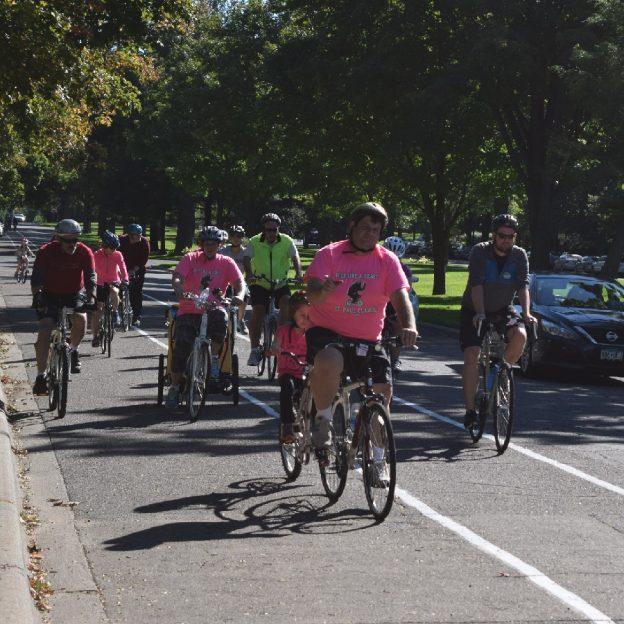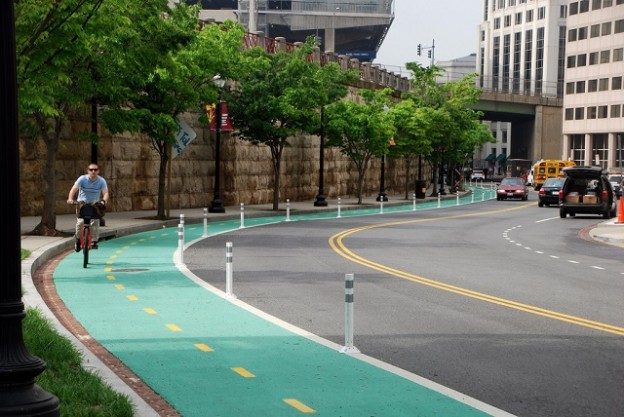Tag: Protected Bike Lanes
-

Bike Pic Aug 23, ride like a bear on the St Paul Classic Bike Tour
Pedal your bike down along Summit Avenue and join the ‘Ride Like a Bear’ crew at this years St Paul Classic Bike Tour, September 10th.
-

It’s Time To Evolve the Bicycle Lane, So More Bike
You can see big changes happening across America as forward thinking communities adopt bicycle practices popular and practical in other countries. Protected bike lanes are standard practice in the Netherlands, where 27 percent of all trips throughout the country are made by bikes. That’s because people there feel comfortable biking on the streets with bike…
